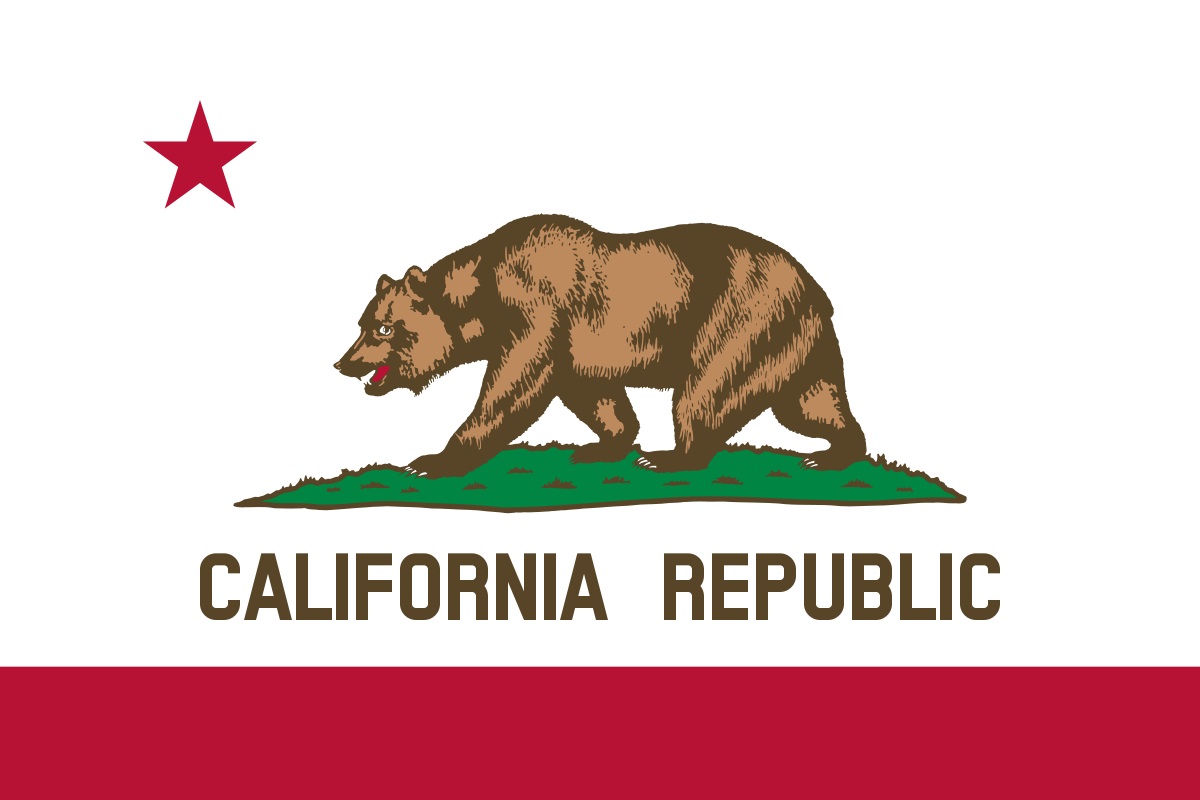News from CA State Controller Betty T. Yee
Sacramento, CA: In California, property taxes are the main revenue source for local governments. With assessed values in excess of $6.1 trillion, revenue from property tax was nearly $66.5 billion for Fiscal Year 2017-18. The revenue was used to fund schools, law enforcement, parks, and other public services. In general, the funds are allocated 15 percent to counties, 12 percent to cities, 19 percent to special districts, and 54 percent to schools.
Proposition 13
Under Proposition 13 of 1978, California’s system of property taxation values real property at its 1975 fair-market value with annual increases limited to the inflation rate as measured by the California Consumer Price Index, or 2 percent, whichever is less. Real property is reappraised for tax purposes only when a change in ownership occurs or new construction is completed.
Property Tax Administration
The State Board of Equalization (BOE) was established in 1879 in the California Constitution to ensure uniformity of property tax assessments across all counties. Since then, the Legislature expanded the duties of BOE to include the administration of many non-property tax programs and certain tax appeals. Recently, these expanded duties of BOE were transferred to the newly created California Department of Tax and Fee Administration and the Office of Tax Appeals, respectively.
Today, the responsibility for uniform property tax assessments belongs to the 58 independently elected county assessors, with oversight and guidance from BOE. BOE staff conduct periodic compliance audits of county assessors’ programs. They also:
- Conduct and issue Assessment Practices Survey Reports;
- Act as the statewide clearinghouse for the Homeowners’ Property Tax Exemptions and work with assessors in administering the Welfare Exemption Program;
- Provide appraiser training and certification for assessors and their staff;
- Administer the Legal Entity Ownership Program;
- Prescribe many of the forms for use by assessors;
- Issue legal opinions, Property Tax Rules, and Letters to Assessors (LTAs); and
- Create and update the Assessors’ Handbook.
The role of the elected BOE members for these functions is limited to approving the Assessors’ Handbook, Property Tax Rules, and LTAs covering new topics. The majority of LTAs are routine guidance issued on an annual basis and do not require approval from the elected board. During FY 2017-18, 84 LTAs were issued, and none required board approval.
County-Assessed Property
County assessors are responsible for identifying and valuing taxable property within their jurisdictions. Each assessor has the fiduciary responsibility to manage, plan, organize, and direct all phases of operations in the assessor’s office for producing an annual assessment roll. The assessor does not set property tax rates, issue tax bills, or receive property tax payments for county- or state-assessed property; these functions are carried out by the auditor-controller and treasurer-tax collector, respectively.
The values for county-assessed property rose by $372 billion during 2018 to reach $6.1 trillion for the FY 2018-19 assessment roll. This includes residential property; commercial and industrial property; vacant, agricultural, and rural land; oil, minerals, and gas property; and aircraft, watercraft, and other personal property.
State-Assessed Property
Under the California Constitution, BOE determines the value of state-assessed property. The annual valuation includes property owned or used by regulated railway, telegraph, or telephone companies; car companies operating on railways in the state; and companies transmitting or selling gas or electricity. California law also requires BOE to annually assess pipelines, flumes, canals, ditches, and aqueducts lying within two or more counties.
Tax on privately owned railroad cars is levied and collected at the state level. State-assessed property is not subject to the provisions of Proposition 13 and is assessed at its fair-market value. All other assessed values are allocated to the counties and other local tax jurisdictions in which the properties are located. Taxes are levied and collected in the same manner as they are for county-assessed property.
In 2018, BOE set the value of state-assessed property (primarily privately owned public utilities and railroads) at $110 billion for the FY 2018-19 assessment roll. This was a $4.4 billion increase from FY 2017-18 values.
Potential Property Tax Changes
Two proposals that potentially would change property tax assessments and administration are:
Qualified for placement on the November 2020 statewide ballot, a measure to reassess commercial and industrial property every three years instead of when they are sold; and
Pending in the Legislature, Assembly Constitutional Amendment 2, which would eliminate the State Board of Equalization in the California Constitution, resulting in the staff expertise relating to property taxes likely being transferred to the jurisdiction of an existing state agency. California is the only state in the nation with an elected tax commission
